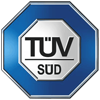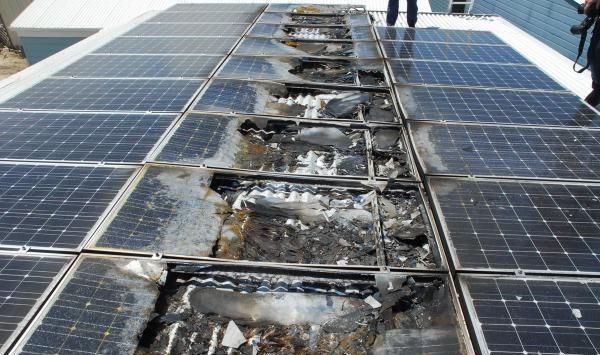
With the continuous development of the internal photovoltaic market, the demand for photovoltaic junction boxes and connectors continues to grow. However, because of the low-cost ratio and the “inconspicuous” function, the quality of junction boxes and connectors has been replaced, resulting in frequent failures and accidents of solar photovoltaic power generation and system. The problems with connectors have gradually revealed, so buyers and manufacturers have begun to realize the importance of product quality.
Solar MC4 Connectors——slight negligence may lead to great disaster
With the rapid decline in the cost of photovoltaic power generation, the cost of household photovoltaic installation is about 6 yuan/W. In the future, it is expected that there will be a 10%-15% cost reduction every year. At the same time, in 2020, most areas in China will achieve parity on the Internet, which is also an internal factor for the rapid development of household photovoltaics.
The reduction in the cost of electricity per kilowatt-hour, flexible Internet access mode, and stable subsidy policy are important guarantees for household photovoltaics to enter the homes of ordinary people as consumer goods + investment goods.
However, with the rapid growth of installed capacity in the domestic and foreign photovoltaic markets in recent years, quality risks are everywhere. How to ensure the safety and reliable performance of household photovoltaic systems is becoming one of the most concerned hotspots in the photovoltaic industry.
According to Ling Zhimin, CEO of Phenergy Technology Co., Ltd., “The explosion of household products in 2016 and 2017 was very fierce and fast. This is the first wave of rough development of China’s distributed photovoltaic. With the increase in installed capacity More and more, a lot of problems such as fires, user complaints, and loan defaults will gradually emerge. Next, distributed photovoltaics will enter the second stage of safety and intelligence.”
The survey shows that in all power station faults and accidents, the accidents caused by junction boxes and connectors account for more than 30%, and junction box diode breakdown accounts for more than even 65% of junction box and connector accidents.
According to industry experts, taking solar connectors as an example, due to their small size and cost accounting for less than 1% of the total cost of photovoltaic systems, they are often ignored by developers and users.
Cheng Ziyu, head of TÜV Rheinland Shanghai’s solar component smart junction box business, said that while everyone is focusing on hotspots such as battery technology and module conversion efficiency improvements, they often overlook some small but indispensable solar energy components. Components, resulting in good battery technology and good components can not be used optimally, and even cause harm during use.
In addition, most of the domestic connector manufacturers lack independent research and development capabilities, and the power station investors lack sufficient attention and effective inspection methods, resulting in various problems exposed during the current use of the connector, such as increased contact resistance, outer shell deformation, arcing fire at the connection, or even melting and burning. It not only affects the operation of photovoltaic power stations, but also causes irreparable disasters and losses in severe cases.
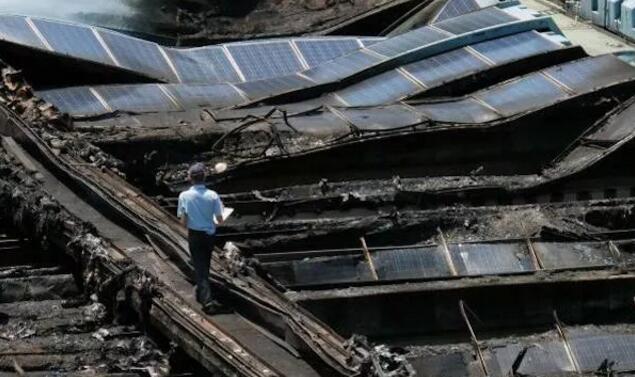
According to Dr. Zhimin Ling: “In a traditional string system, modules are arranged in series in an array with a DC high voltage of 600V-1000V. The system runs for many years, and the wire insulation is exposed after corrosion, which is very easy to generate DC arcs and cause fires. When a fire occurs, on the DC side, as long as there is light, there will be high voltage, and firefighters cannot directly put out the fire.”
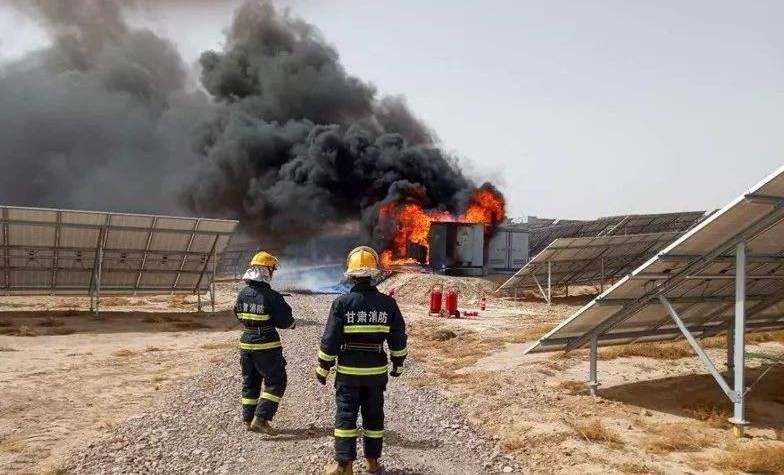
Inferior products have far-reaching harm
As the photovoltaic system is exposed to wind, rain, scorching sun and extreme temperature changes for a long time, the connectors must be able to adapt to these harsh environments, so they must not only be waterproof, high temperature resistant and weather-resistant to ultraviolet rays, but also touch protection and high load Flow capacity and high efficiency.
Photovoltaic products require a life span of at least 25 years, and the photovoltaic junction box is one of the important components of photovoltaic modules, which plays a vital role in the long-term, safe and efficient power generation of modules.
Luo Jiuwei, chairman of Shenzhen Ruihexiang Technology Co., Ltd., also expressed the same view and called on the industry to improve product quality. “We lead the market with quality, because photovoltaics will take 20 years to use, so product quality is very important. However, there are high and low product prices in the market, and some manufacturers are greedy for cheap and ignore quality. This is definitely not feasible. We must survive by quality.”
Photovoltaic connectors are nodes for energy transmission. These nodes will generate heat when energy passes through, which is normal energy consumption. The core evaluation index for the quality of photovoltaic connectors is “the contact resistance of male and female connectors after mating”. A high-quality connector must have a very low contact resistance, minimize this part of the loss, and be able to stably maintain a low contact resistance throughout the life cycle, that is, a low average contact resistance.
According to reports, the contact resistance of high-quality photovoltaic connectors is very stable, which is mainly due to the electrical connection technology used. Inferior connectors are rough and uneven inside and have fewer contact points, which causes excessive resistance to ignite the junction box, which in turn burns the component backplane and causes the component to break. The initial contact resistance value of the connector depends on the material selection, structural design and whether it has the core technology of electrical connection. The nominal initial contact resistance of the Stäubli MC4 is 0.35mΩ, which is a maximum value. Based on this item alone, MC4 brings an increase of thousands of yuan in income for the owners per MW each year.
According to the latest international standard IEC 62852 for photovoltaic connectors, the contact resistance of male and female connectors after being tested by TC200+DH1000 cannot increase more than 5 mΩ or the final resistance value is less than 150% of the initial value. This is only a minimum requirement, and the contact resistance of different manufacturers’ connectors depends on the manufacturer’s technical level.
The high-quality development of the photovoltaic connector market requires the joint efforts of the entire industry to expel low-quality products as soon as possible and maintain an environment for the healthy development of the market.
At present, the key problem of many photovoltaic connector manufacturers is still in quality, and if it is allowed to develop, the inferior products of some manufacturers may affect the reputation of the entire Chinese photovoltaic connector industry. As a result, customers have an unreliable stereotype of photovoltaic connectors made in China.
The China Quality Certification Center once called for, in order to ensure the quality of AC connectors for photovoltaic systems in my country, eliminate the unevenness of products on the domestic market, further improve the safety performance of inverters, photovoltaic systems and photovoltaic power plants, and standardize the production of connector companies. To promote the healthy development of the photovoltaic industry, it is necessary to formulate corresponding national standards or technical specifications.
Mutual insertion of connectors between different brands is also a very serious problem in the application of photovoltaic connectors. According to a foreign research report, mixed connector insertion and irregular connector installation ranked the first and third causes of fire.
There is always a problem in the photovoltaic connector market, that is, the mixed use of various connector products and the inter-plugging of connectors between different brands. This phenomenon is common in the domestic and overseas markets. Most owners and EPC companies know little about the matching of connectors.
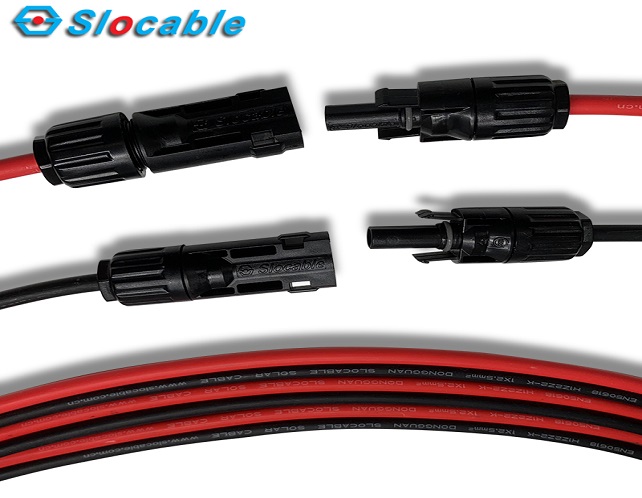
However, the specifications, dimensions and tolerances of the connectors of different manufacturers are not consistent and cannot be completely matched. After the two connectors are plugged, the conductors used for electrical connection between the two connectors are in poor contact, resulting in There is a connection failure.
Hong Weigang, Manager of the Photovoltaic Product Department of Electrical Connectors at Stäubli (Hangzhou) Precision Machinery Electronics Co., Ltd., said: “Connectors from different manufacturers have very different manufacturing processes, production standards, and raw materials. Related problems caused by the mutual insertion of the connectors include increased contact resistance, heat generation of the connector, fire on the connector, burnout of the connector, power failure of the string components, failure of the junction box, and leakage of the components, which may cause the system to fail to operate normally. The economic benefits of the power station are thus compromised. If products from the same manufacturer are used, this risk will be controlled within a controllable range. “
An Chao, the business manager of photovoltaic power plants and systems for TÜV Rheinland Solar Services, emphasized that solar connectors need to pay attention to compatibility issues. This issue has been raised by third-party testing agencies for many years. Therefore, connectors must not be mixed during the installation of photovoltaic power plants.
In this regard, the authoritative testing organizations TUV and UL have both issued written statements that they do not support mixed insertion applications of connectors of different brands. In Australia, the government has written the requirements for power station construction to use connectors from the same manufacturer in the regulations to avoid risks. But in our country, no relevant standards have been issued in the industry.
In 2013, China Quality Certification Center mentioned that with the widespread application of micro-inverters in photovoltaic systems in the future, more and more photovoltaic AC connectors will be put into the market. The quality of the AC connector is directly related to the safety of the inverter and the entire photovoltaic system. So far, because China has no relevant national standards and industry standards, and the lack of necessary technical thresholds, inverter manufacturers choose expensive AC connectors that meet the requirements of foreign photovoltaic products when exporting. However, in China, low-quality AC connectors are used, which leads to safety hazards in domestic inverters, individual photovoltaic systems, and even the entire photovoltaic power plant.
Hong Weigang said: “There are many domestic component manufacturers, and they have large and fixed suppliers of raw materials, junction boxes, connectors, cables, etc. Because of the lack of technical exchanges in the industry, the lack of comparison of connector performance, and the lack of standards Awareness has caused certain misunderstandings in the company’s perception of connector functions. In addition, the training of the installation workers is not enough. In the installation, the brand is chaotic. “
If the connector fails, it will bring a series of operation and maintenance costs, including loss of power generation, spare parts, labor costs and safety risks.
At present, the distributed photovoltaic market is extremely hot, and it is believed that many residents or industrial and commercial rooftops will be equipped with photovoltaic systems in the future. And if the connectors on these systems fail, its troubleshooting and replacement will be a greater challenge for the operation and maintenance personnel: first, the difficulty is high, and the second is the increase in personal safety risks. Extreme situations, such as a fire, will bring economic and reputation losses to the owner. These are situations that everyone does not want to see.
Although the photovoltaic connector is small, if the model is selected properly, it can still be “small and beautiful”, which will bring big benefits to the owner. On the contrary, it will become a thorny issue in the operation of the power station, and will steal a lot of the owner’s income invisibly and slowly.
Go all out to ensure quality
Today, photovoltaic system manufacturers have realized the importance of connectors. Hong Weigang believes: “The photovoltaic industry has been developing in our country for many years. Through 3-5 years of application, power stations have gradually reflected a large number of problems. Customers can learn product information from multiple channels, and gradually realize the importance of connectors. .”
In order to ensure the factory quality of photovoltaic connectors, connector manufacturers provide corresponding safety guarantees for their own connectors.
Shenzhen Ruihexiang Technology Co., Ltd. puts emphasis on the control of raw materials. They said: “The solar connector uses black plastic, this material is very critical. Since it will be used outdoors for 25 years, ordinary materials cannot meet the requirements. We mainly check the materials. The second key is the production process. Then there is the training of installers.”
Huachuan emphasized product certification and testing: “All photovoltaic products developed by Zerun have passed TÜV Rheinland certification, and we have also conducted strict internal control within the company. For example, the aging test of our products requires at least twice the IEC standard. It’s even 3 times or higher.”
Dongguan Slocable Photovoltaic Technology Co., Ltd. emphasized the experience and investment in R&D and production: “First, we have been making photovoltaic connectors from 2008 to now, and have more than ten years of R&D and production experience. Second, we have a photovoltaic connector laboratory ourselves. In order to ensure the quality of products, each product will be tested and tested multiple times before leaving the factory to provide a safety guarantee for the connector. Moreover, all of our photovoltaic products have certificate guarantees and have passed TUV certification, CE certification and the highest waterproof level IP68 certification and so on.”
According to Hong Weigang, Stäubli has formed its own core technology in quality assurance. “This core technology is the strap contact finger (MULTILAM technology). This technology adds a special metal shrapnel shaped like a strap between the male and female connectors of the connector to replace the original irregular contact surface and greatly increases the effective contact. Area, forming a typical parallel circuit, with high current carrying capacity, minimum power loss and contact resistance, impact resistance, corrosion resistance and high-temperature resistance, and can maintain such performance for a long time.”

Our Mc4 Connector Datasheet
| Rated Current: |
50A |
| Rated Voltage: |
1000V/1500V DC |
| Certificate: |
IEC62852 TUV , CE , ISO |
| Insulation Material: |
PPO |
| Contact Material: |
Copper, Tin plated |
| Waterproof Protection: |
IP68 |
| Contact Resistance: |
<0.5mΩ |
| Ambient Temperature: |
-40℃~+85℃ |
| Flame Class : |
UL94-V0 |
| Suitable Cable : |
2.5-6mm2 (14-10AWG) |



 2021-01-14
2021-01-14



















